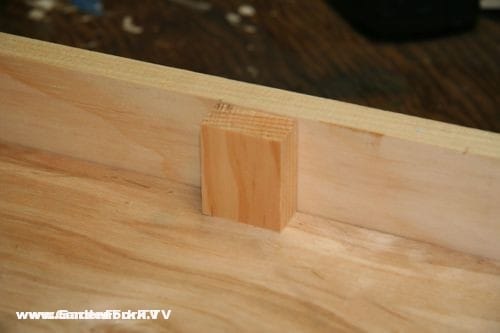A Hive Inspection is just that, you are checking out the beehive to see how its doing. Part of our Beekeeping 101 Video series, today we are doing a hive inspection of a nuc we installed this spring. This bee nuc had a late start, as did all our bees, because spring came late.
Note in the beekeeping video we did not smoke the honeybees. I don’t smoke bees unless I know I am giong to take apart the hive or pull honey off. When you smoke the hive, it can cause stress in the hive, and the bees start to eat their food stores, so it sets them back a few days whenever you do it.
If you are going to just do a quick eyeball check, I see no need for the smoker. For this hive inspection, I wanted to confirm the presence of the queen and make sure the hive looked robust and smelled good. You can tell a lot from just how the bees are behaving.

Some of this is gut feeling, but listen to your bees while doing the hive inspection. If there is a low incessant buzz, the beehive may be queenless, which is a bad thing.
How do you know if the hive is queenless? The big red flag is no uncapped brood. In other words, no open cells with very small eggs or larvae in the bottom of the cell. You might also see a lot of drone egg cells, which means you have a drone laying worker. Which is bad. This means one or more of the female workers has started to lay eggs. The eggs will be sterile, so they become drones, hence the presence of large drone cells.

Pull out a frame from the center of the top brood super. If you see open brood, that’s a great thing. The queen has been present in the past few days, and she is probably still around. You want your frame pattern to look roughly like the photo above. It wont be perfect, but something like this. Not every cell in the brood area will be capped, there will be some empty ones.
I think its best to learn how to raise bees by having two hives. You can compare the two, and get an idea of what is ‘normal’. There are several good books on beekeeping we recommend here.















